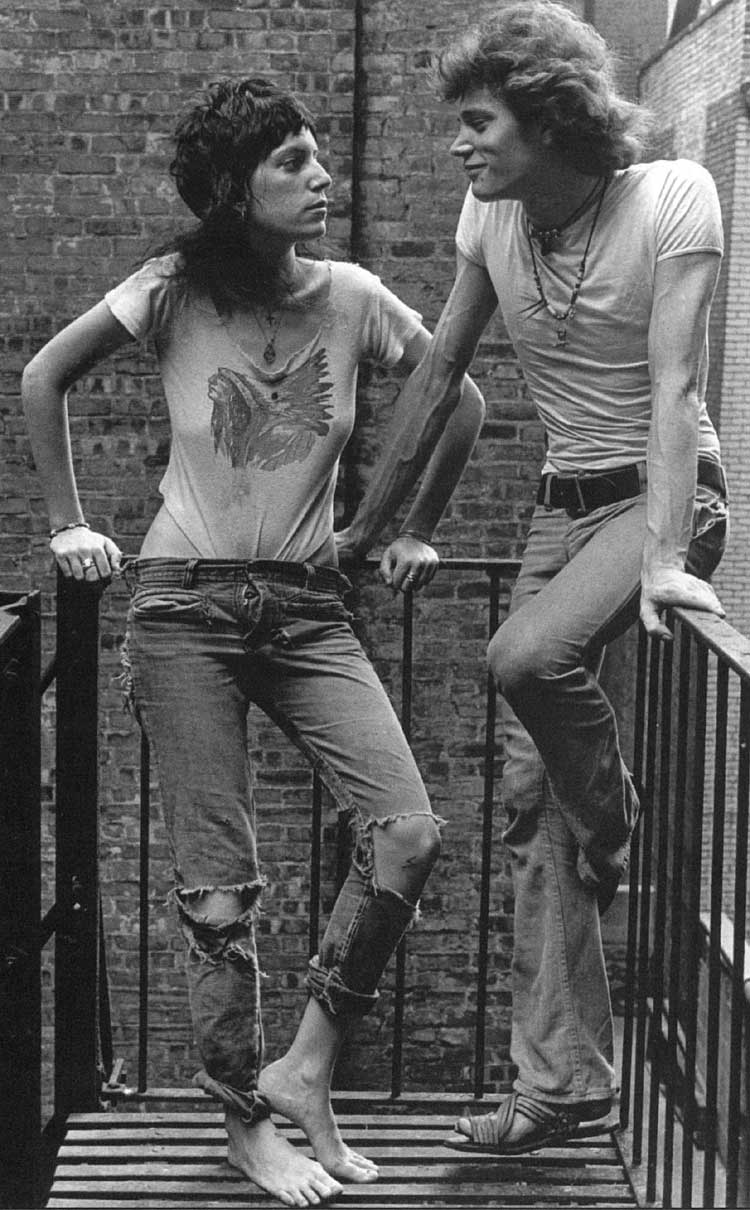

Necesitaremos:
- Prensatelas para cremallera invisible. És el que tiene unos pequeños dientes.
- La cremallera invisible.
- Dos retales de tela vieja.
Instrucciones:
Saber coser una cremallera invisble, es casi una odisea.
Al menos, lo fue para mi.
Tarde tres clases de costura, de tres horas y aun asi, aun me cuesta un poquillo coserla bien a la primera, asi que paciencia.
En primer lugar, necesitas el prensatelas para cremallera invisible. Asi que cambia el prensatelas.

Una vez cambiado, la colocacion de la tela. Es sencillo, derecho de la tela contra derecho de la cremallera.
No hay mas.
Lo dificil viene ahora. Coser la cremallera al filo sin subirte por encima de los dientes. Deberas montar el prensatelas sobre los railes de la cremallera. Observaras que tiene como dos puentecitos, ahi introduciremos los railes.
Asi pues, tendras que is abriendo la misma para asegurarte de que no te subes.
Parece sencillo, pero pasa.
Y mucho.
Te pasara bastantes veces hasta que consigas que quede bien, y es muy posible que despues de haber cosido la misma cremallera una y otra vez quede inservible, de ahi que utilizemos dos retales viejos de tela y tambien una cremallera que no sea la destinada a la prenda en cuestion.
Os preguntareis, ¿y para que quiero saber como coserla? Facil, saber coser una cremallera invisible nos va a ahorrar mucho trabajo, puesto que luego se colocaran en vestidos, faldas e incluso pantalones.
Asi que practica, practica. Y paciencia... muchisima paciencia.
Porque el patron de falda recta, llegara pronto... muy pronto.
P.D. En este video se muestra el proceso de costura :D
http://elbauldelascostureras.blogspot.com/2008/05/cierres-invisibles-colocacin.html
--------------------------------------
Items:
1. Invisible zip's foot.
2. An invisible zip.
3. Two pieces of old fabric.
Instructions:
Learn how to sew an invisible zip is almost an Odyssey. At least it was for us. Three sewing classes and still you gotta have patience.
First of all, you need the appropriate foot for the zip, so change it.
Once you did this, you have to set the fabric. Is easy. The good side of the fabric goes against the good side of the zip (See Fig. 1.1)
The difficult part comes now. Sew it to the end of the zip without going over the teeth. You should set the foot on the rails of the zip. You can see that it has two little points, is like a train.
The only thing you have to do now, is open the foot at every step to make sure you don't get on the top of the teeth.
Seems easy and stupid, but it happens.
A lot.
It would happen to you thousand of times until it looks good enough for a C. And maybe after having sew the zip again and again it could end up being useless. That's why we use old fabric to sew it and also the zip you're going to use is not going to be the one for the cloth, it's a training zip.
You are maybe asking yourself, Why do I need to know how to sew this? Simple, knowing how to sew an invisible zip is going to save us a lot of work because afterwards you're going to put it in dresses, skirts and even pants.
So... train, train and train. And be patient... a lot of patient.
Because the first pattern would come soon.
P.s. In this video you can see the sewing process.
http://elbauldelascostureras.blogspot.com/2008/05/cierres-invisibles-colocacin.html












